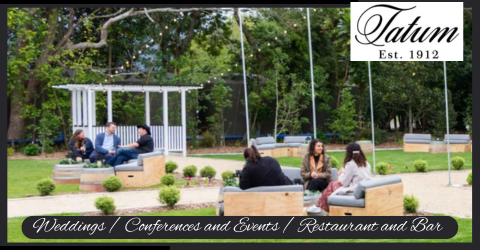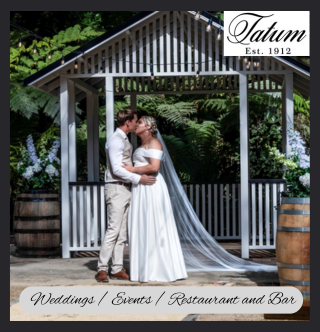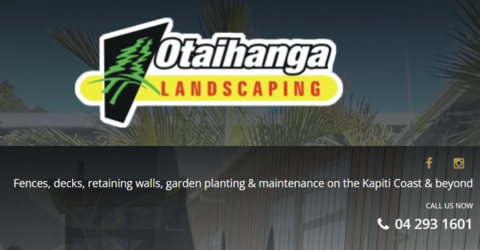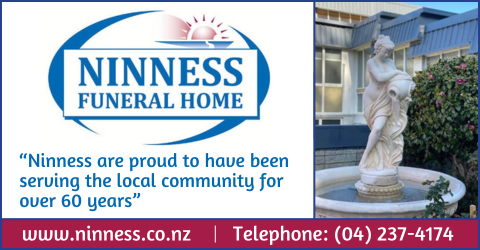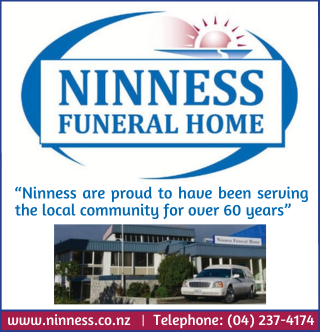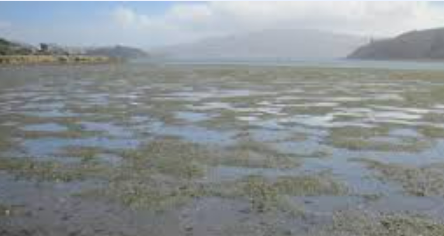
Unrestrained development poisoned Porirua’s streams and silted up its harbour. Now Ngāti Toa says the fast-track bill could repeat that environmental vandalism.
by Marc Daalder
When Helmut Modlik was growing up in Porirua in the 1960s, the harbour was famed for the quality of its kaimoana and local iwi Ngāti Toa Rangatira’s hospitality and generosity with that seafood was equally renowned.
“That was in my lifetime, as a Baby Boomer, but that’s no more,” Modlik, now the chief executive of Te Rūnanga o Toa Rangatira, Ngāti Toa’s mandated iwi authority, says.
Now, the Porirua wastewater treatment plan regularly releases raw sewage into the harbour. The regional council is investigating three complaints from just the past month about potential discharges of untreated wastewater and recently issued two formal warnings in relation to discharges of untreated wastewater in October, November and December.
“We’ve had since the ’60s and ’70s just almost a constant flow of industrial waste into Te-Awarua-o-Porirua – Porirua Harbour that’s turned it, frankly, into a barren, toxic wasteland,” Modlik says, of the bay that was once so plentiful with seafood.
This environmental damage was facilitated by the lax permitting rules of the time, which allowed for direct ministerial involvement in decision-making and shoved environmental and cultural considerations aside. A wave of legislative reform in the late 1980s and early 1990s, alongside more recent Treaty of Waitangi settlement agreements, appeared to have (imperfectly) put an end to that time.
That is, until the Government’s new Fast-Track Approvals Bill was introduced to Parliament. Modlik sees the spectre of past mistakes, which did grievous damage to the natural environment in Porirua and other parts of Ngāti Toa’s rohe, in the proposal to leave final decisions on nationally significant projects up to ministers who are empowered to reject or ignore environmental, cultural and other factors.
“I would hasten to add in a balancing consideration: There are few, if any, iwi around the mōtu, that are currently more invested than Ngāti Toa in the remediation of the harms that are in our environment or the inadequacies in our built environment. In other words, we are all in on development,” he cautions.
“We’d like it quicker, we’d like it cheaper, we’d like it streamlined, we’d like all of that. But that is not the same thing as saying that where there is found to be projects that, by design, have serious intergenerational and environmental impacts and ministers can overlook that finding, well we can’t accept that.”
In its submission on the legislation, Te Rūnanga o Toa Rangatira says the Bill needs to be taken back to the drawing board.
“Small amendments or changes to the wording of specific provisions will not make the Bill compliant with Te Tiriti o Waitangi and the principles and values of Ngāti Toa Rangatira,” the submission states.
Modlik says he is keen to work with the Government on a framework that enables development while protecting the environment, but the fast-track bill as it stands doesn’t hit the right balance. He also issues a warning to potential developers who would use the fast-track provisions to build environmentally damaging infrastructure in Porirua or other parts of the iwi’s rohe: Ngāti Toa won’t let that happen.
History of damaging development
The wastewater plant is just the tip of the iceberg, Modlik says, though it is bad enough on its own.
“I’d reckon every time it rains they’d get a discharge,” one former worker at the plant told The Post earlier this month. He said he wouldn’t let his grandchildren swim in the sea at Titahi Bay after seeing how the plant operated. That plant capped off a surge in development in Porirua after World War II, which led to the degradation of local rivers and streams and the contamination of important cultural sites.
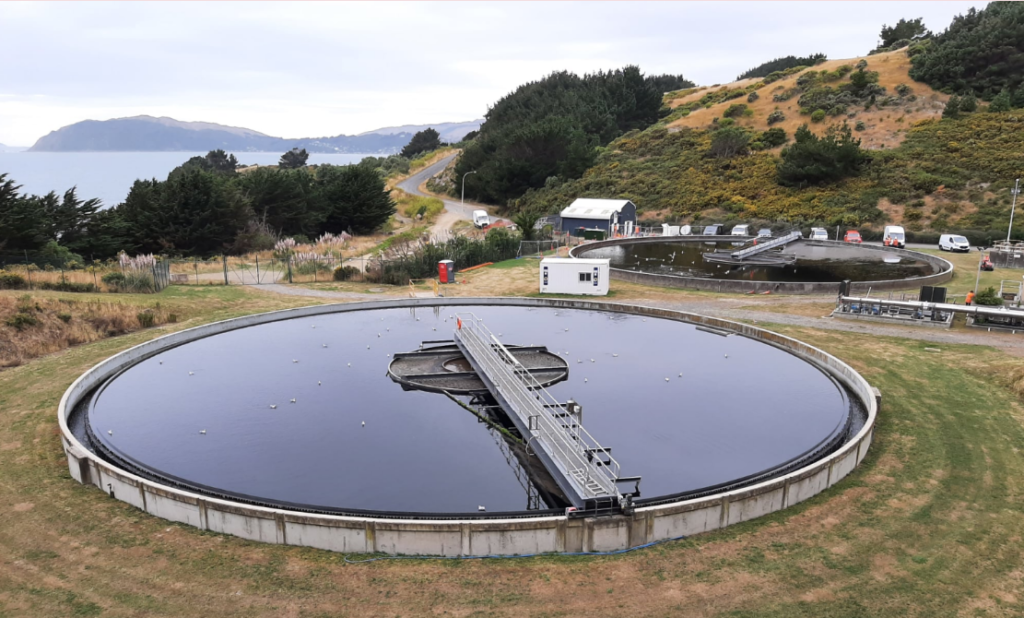
“We have hills all around us. All the water flows down, makes its way into the Porirua Harbour. The meandering natural waterways that took the sedimentation out of those stormwaters as they flowed into the harbour, well they were just replaced with concrete, raceways and narrow pipes that … over the ensuing decades have just sedimented our harbour and turned it into a shallow pond which you can walk across in low tide,” Modlik says.
The son of a German builder who came to New Zealand to help build houses as part of that development surge and Ngāti Toa wahine Haneta Arthur, Modlik says lax environmental rules permitted what was essentially the destruction of the iwi’s rohe.
“The implementation of the industrial scale wastewater treatment plant round in Titahi Bay was a particularly egregious feature of that whole development period. The waterways and the land areas around there are culturally very sensitive for Ngāti Toa, but as was the way of that time, there was no reflection either on cultural, environmental or Treaty-related considerations and our parents and the adults of that time were essentially powerless to do anything about it.”
Now, Porirua Stream is battling a worsening E. coli crisis. The risk of being infected on any given day by swimming in the stream is greater than 7 percent, according to Land Air Water Aotearoa.

The stream is also in the worst quartile for nitrogen and nitrate pollutions, albeit improving with the help of environmental remediation efforts.
Then there’s the fact that even the built environment in Porirua is suffering from the carelessness of the post-war development. More than 2000 state houses in eastern Porirua are being torn down and rebuilt, alongside associated water and transport infrastructure.
“It just was neither fit for purpose for most of its life nor can it handle the further intensification going forward,” Modlik says.
“In one lifetime, there’s been this enormous degradation of our environmental and cultural landscape in the name of an economic strategy that was initiated, pursued and pushed through by politicians without regard for the environmental, cultural or other impacts on our community, degraded our waterways, reduced our public health. And now, within one lifetime, we’re doing it all again.”
Sidelining Treaty settlement
This isn’t just Ngāti Toa’s view, either. It’s also the position of the Crown, which acknowledged and apologised for the breakneck development of the 1950s and ’60s as part of its Treaty settlement with the iwi in 2014.
“Porirua harbour, an important food resource for Ngāti Toa Rangatira, was adversely affected by pollution and sewage generated by urban development. This has had a severe impact on the ability of Ngāti Toa Rangatira to use and protect traditional resources,” the Ngāti Toa Rangatira Claims Settlement Act 2014 states.
“With this apology and settlement the Crown seeks to atone for these wrongs, restore its tarnished honour and begin the process of healing. The Crown hopes that this apology and settlement will mark the beginning of a new, positive, and enduring relationship with Ngāti Toa Rangatira founded on mutual trust and co-operation and respect for Te Tiriti o Waitangi/the Treaty of Waitangi and its principles.”

Modlik says this promise rings somewhat hollow now that, less than 10 years after being made, the Government is considering legislation that neither mentions Te Tiriti o Waitangi nor Ngāti Toa’s settlement and interests even though it could have significant impacts on both.
“Now we find ourselves being sidelined again. This generation won’t stand for it.”
As part of its submission, the iwi has asked to appear before the select committee considering the fast-track bill to share its story publicly. Modlik says Ngāti Toa will campaign publicly for these changes while also pushing for them behind closed doors, through direct engagement with the Government.
“We are having conversations and we’ll look to continue to have conversations – respectful conversations – with relevant ministers. We want both development and environmental quality and respectful interaction with our Government. As long as that’s what we got, we’re all in, we’ll support the heck out of them. It’s the removal of the environmental guardrails and the sidelining, again, of our Treaty rights that we find most objectionable.”
And if the legislation passes? That won’t be the end of the road for Ngāti Toa.
“The idea that some developers or some constructors will come to Porirua or other places within our tribal boundaries and repeat what we have endured already, that’s never going to happen,” Modlik says.
“Any developer or any constructor who seeks approval for a development project in Porirua or across our rohe that is found by the evaluative panel to have significant environmental risk attached to it, Ngāti Toa will not allow any such work to be undertaken. We’ll be peaceful, but we will organise ourselves and we will do everything in our power to ensure that there will be no such degradation of our environment.
“Whatever it takes – we won’t be violent, we’ll be peaceful – but we will not allow anybody to come to where we live, to our home, and do that to our home again.”
Marc Daalder
Marc Daalder is a senior political reporter at Newsroom. He covers climate change, health, energy and violent extremism. More by Marc








